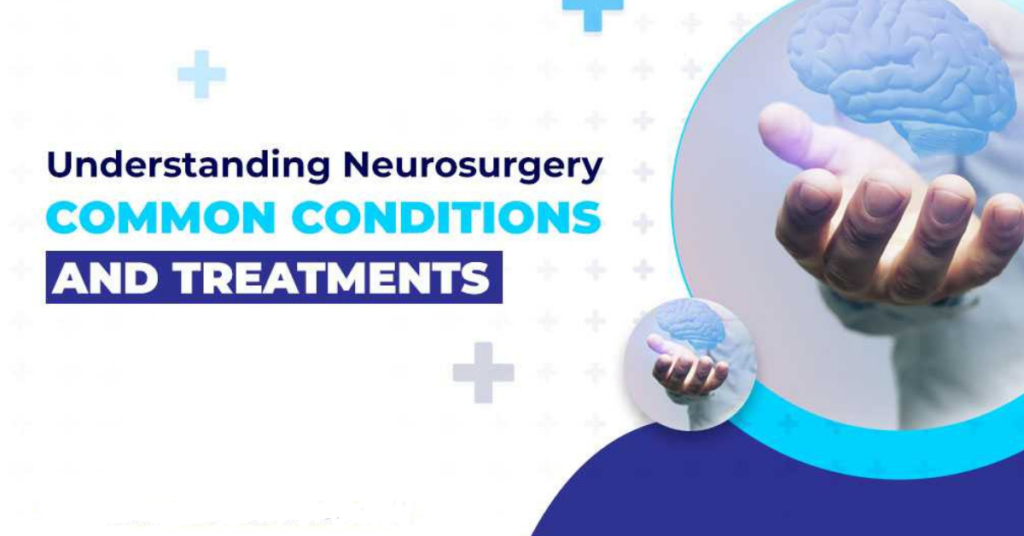
Neurosurgery is a highly specialized field focused on diagnosing and surgically treating disorders of the brain, spine, and nervous system. Each year, approximately 13.8 million people worldwide require neurosurgical intervention, as reported by the Journal of Neurosurgery. While the thought of undergoing neurosurgery might seem overwhelming, many procedures are routinely performed to alleviate pain, restore function, and improve overall well-being. Below are five widely practiced neurosurgical procedures and the conditions they address.
1. Anterior Cervical Discectomy
Anterior cervical discectomy is a common surgical approach used to treat herniated discs in the neck, which can cause discomfort, numbness, or weakness in the arms. The procedure involves making a small incision at the front of the neck, removing the problematic disc, and stabilizing the spine by fusing adjacent vertebrae. Many patients benefit from this minimally invasive procedure, often experiencing a quicker recovery and reduced hospital stay.
2. Lumbar Puncture
A lumbar puncture, or spinal tap, is a diagnostic technique where cerebrospinal fluid (CSF) is extracted from the spinal canal using a needle. This test is essential for diagnosing various neurological conditions such as meningitis, multiple sclerosis, and certain types of cancer. Being a minimally invasive procedure, lumbar punctures are generally conducted in outpatient settings with minimal discomfort and recovery time.
3. Craniotomy
A craniotomy is a critical procedure that involves temporarily removing a section of the skull to provide direct access to the brain. This is often required in emergency cases, such as traumatic brain injuries or strokes, to relieve pressure and prevent further complications. It is also commonly performed to remove brain tumors, repair aneurysms, or address other neurological disorders requiring surgical intervention.
4. Laminectomy
Laminectomy is a surgical solution for severe back pain resulting from spinal stenosis or nerve compression. The procedure entails removing part or all of a vertebra’s lamina to relieve pressure on the spinal cord and surrounding nerves. When conservative treatments like medication and physical therapy fail to provide relief, laminectomy is often recommended to restore mobility and reduce pain.
5. Chiari Decompression
Chiari decompression is a specialized procedure used to treat patients with Arnold-Chiari malformation, a condition affecting balance and coordination due to abnormal brain structure. The surgery involves removing a small portion of bone at the base of the skull, allowing cerebrospinal fluid to circulate more freely. Patients undergoing this procedure often experience significant improvements in symptoms such as dizziness, headaches, and motor function difficulties.
When to Consult a Neurosurgeon
If you are experiencing persistent pain, or neurological symptoms, or have been diagnosed with a condition that affects your quality of life, seeking consultation with a neurosurgeon can be beneficial. Timely intervention can prevent complications and improve overall outcomes.
At Medline Hospital, our neurosurgical experts provide cutting-edge treatments and compassionate care. If you or a loved one requires a neurosurgical evaluation, contact us today to schedule an appointment with our specialized team.
